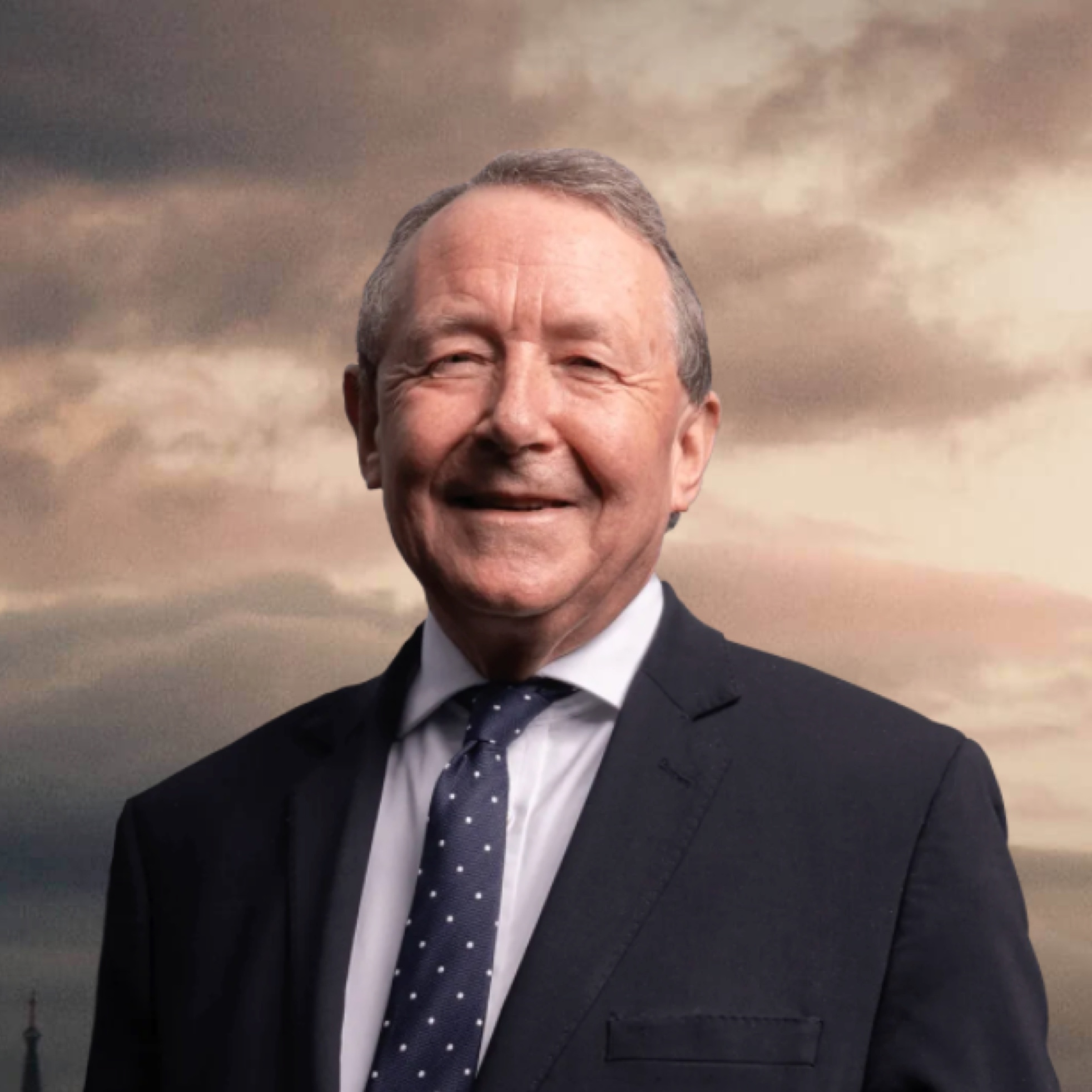Universe Column March 13th
David Alton
Standing, this weekend, in St. Peter’s Square, I was struck by the awesome events that have occurred in the more than 40 years since I first stood here as a child. Pope John XXIII was the Pope and we, a group of children from a school named for the English Jesuit martyr, Edmund Campion, joyously sang the familiar hymns, Faith of Our Fathers and God Bless Our Pope.
Although I have stood in that Square and in St. Peter’s Basilica many times since, I have never once failed to be moved by the sense of sacredness or otherness which pervades the place. Striking, too, is the sense of continuity. The hunted territory of Vatican Hill speaks volubly of an unbroken and frequently persecuted faith transmitted through countless generations of believers.
In many people’s minds St. Peter’s Square is synonymous with the Pope’s Urbi et Orbi greetings, with his papal blessings, with festivities greeting the canonisation of saints, or with the leading of the Angelus or Rosary. Two fountains play in the Square – and are popularly known as Scripture and Tradition. But this too was the scene, in earliest times, of Christians being taken to their deaths for refusing to renounce their faith and it was here in 1981 that Pope John Paul survived an assassin’s attempt to rob him of his life.
The famous television footage of the pontiff being rushed to Rome ’s Gemelli Hospital was probably in many people’s minds as they saw him recently return again to the Gemelli – which he has jokingly described as the littleVatican , so often has he been in its care.
Today, the Square is poignantly marked by the absence of Pope John Paul II. But the crowds continue to gather, as I did as a child and Catholics, the world over, will continue to pray that God will bless our Pope.
Lay commentators opine about the Pope’s capacity to lead the Church and tastelessly they are already speculating about successors. In doing this they have wholly misunderstood the nature of the Church and religious faith. This is simply another phase of the Pope’s teaching ministry. Throughout his entire life he has been teaching us how to live and now he is teaching us how to die.
In 1994 John Paul II said that: “I must lead the church with suffering. The pope must suffer so that every family and the world should see that there is, I would say, a higher gospel: the gospel of suffering, with which one must prepare the future.” C.S. Lewis expressed the same thought when he said the God speaks to us “through the megaphone of pain” And the Irish sum it up in that old saying that “where there’s no pain, there’s no gain.” No-one wants needless pain and it should never be self inflicted but pain, like sin, is part of our human condition. What we most need to know is how best to deal with it.
The Pope has seen his suffering as a point of solidarity with all those who suffer and as a point of connection with Jesus Christ’s own suffering. Catholics see the pain and brokenness of the Cross as the way to salvation. This is why Pope John Paul wrote that “Suffering seems to belong to man’s transcendence. It is one of those points in which man is in a certain sense ‘destined’ to go beyond himself.” This is not an idea that fits comfortably with our general reluctance to accept the inevitability of pain, suffering or death. It is one of the reasons why today so many people say they support euthanasia and, equally, one of the reasons why Pope John Paul II so strongly opposes it.
Ten years ago the Pope trenchantly set out his belief in the sanctity of human life in one of the greatest of his teaching encyclicals: Evangelium Vitae, The Gospel of Life. Now the Pope is teaching us, not though his words, but though his experience, showing us an alternative path to what he so memorably described as “the culture of death.” He is teaching us how to live with bodily decline, and to prepare for a good death. And, like any father in the final chapter of his life, he will take comfort by being surrounded by those who respect, admire and love him and who wish to pray for him the Nunc Dimittis of the “good and faithful servant.”
And so, as the faithless speculate, the faithful will gather in places like St. Peter’s Square to do just this: to pray for the man who was chosen to lead us, in season and out of season, until the time of his natural death, and to pray that as he faces his trials God will continue to bless our Pope.
At the crossroads: Will the free world choose isolationism or global leadership? Essay for GIS Reports April 19th 2024.
https://www.gisreportsonline.com/r/crossroads-isol...

